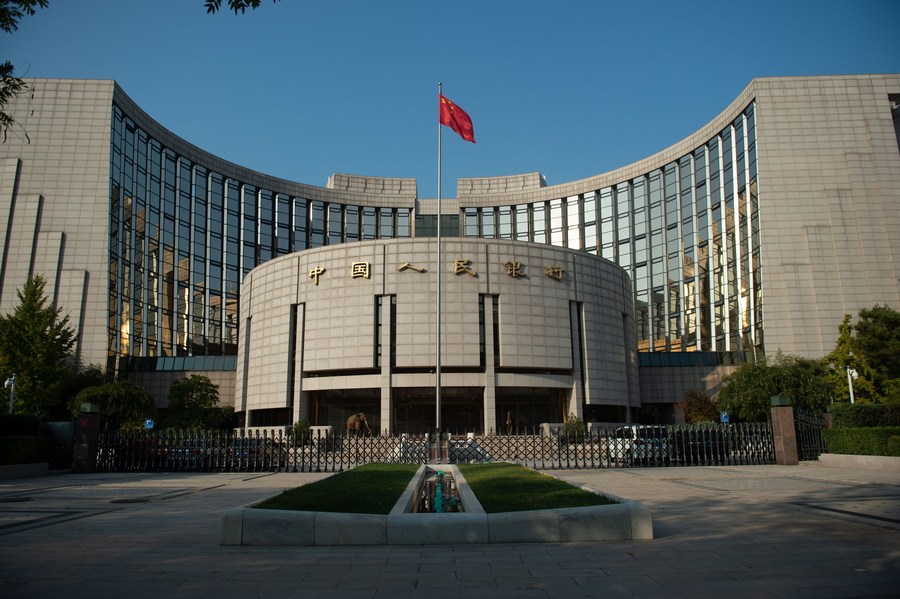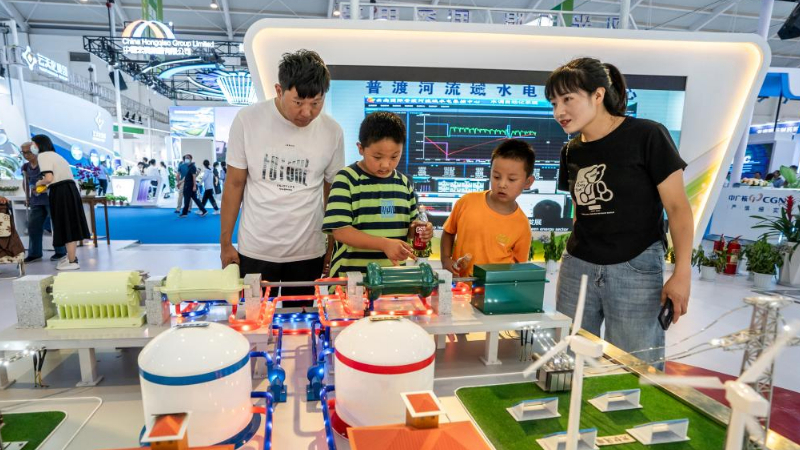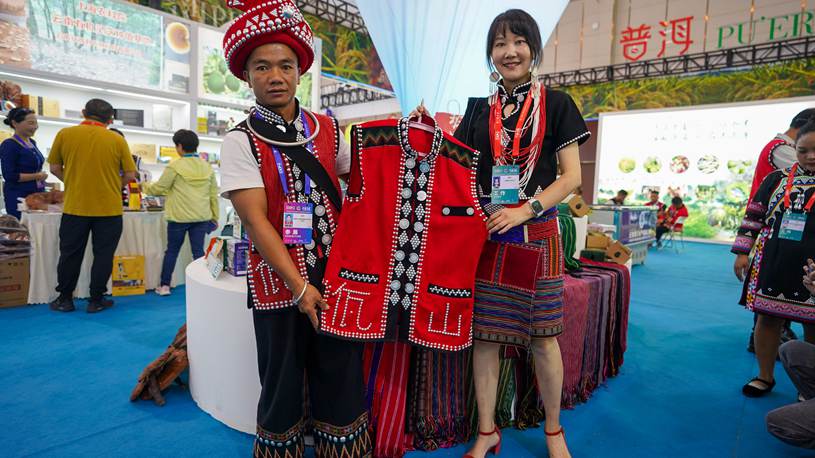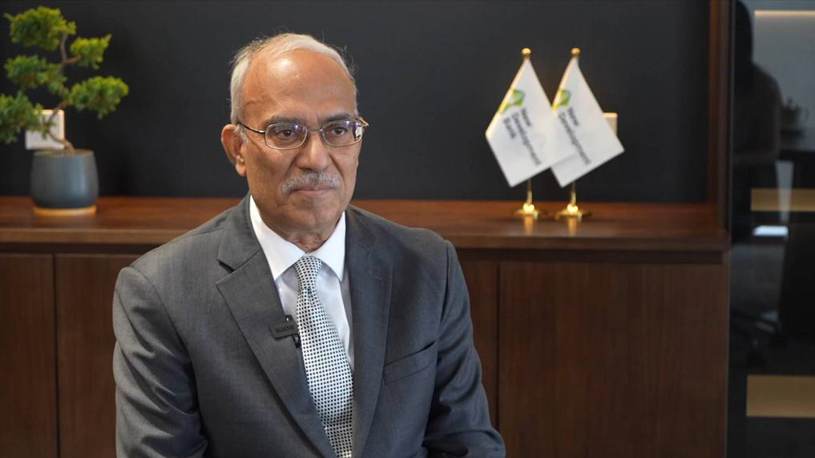
File photo shows an exterior view of the People's Bank of China in Beijing, capital of China. (Xinhua/Peng Ziyang)
BEIJING, Aug. 21 (Xinhua) -- China's benchmark lending rate saw its second decline this year on Monday as the government has beefed up policy support to ensure a sustained economic recovery.
The one-year LPR was 3.45 percent on Monday, down from the previous reading of 3.55 percent, according to the National Interbank Funding Center. The over-five-year LPR, on which lenders base their mortgage rates, remained unchanged at 4.2 percent.
Analysts said the lower rate will help reduce financing costs and improve credit demand, further bolstering the consumption and investment momentum. The real economy will get a boost, said Wang Yiming, deputy head of the China Center for International Economic Exchanges.
The LPR released once a month is a pricing reference rate for banks. In June, the lending rate went down 10 basis points in both one-year and five-year terms.
Monday's rate adjustment signifies the strengthening of pro-growth strategies aimed at fending off economic headwinds.
A signal was sent to intensify counter-cyclical adjustments and promote a quicker economic recovery, said Dong Ximiao, the chief researcher of Merchants Union Consumer Finance Company Limited.
The People's Bank of China (PBOC), the country's central bank, cut several policy rates last week to shore up economic recovery. The interest rate of the one-year medium-term lending facility was reduced from 2.65 percent to 2.5 percent, and that of seven-day reverse repos fell from 1.9 percent to 1.8 percent.
The overnight, seven-day and one-month interest rates on the central bank's standing lending facility were all lowered by 10 basis points to 2.65 percent, 2.8 percent and 3.15 percent, respectively.
More financial support will be lent to the real economy, according to a recent meeting of financial authorities, including the PBOC, the National Financial Regulatory Administration, and the China Securities Regulatory Commission.
There will be stronger credit support for micro, small and medium-sized enterprises as well as sectors such as green development, technological innovation and manufacturing, according to the meeting.
The Chinese economy has continued the upward trend so far this year, but challenges remain amid a complex global environment and insufficient domestic demand.
Analysts believe that China still has multiple options in its policy toolkit to further consolidate the economic momentum, including adjustments in banks' reserve requirement ratio and optimizing credit policies for the property sector.
Structural monetary tools will offer long-term stable funds to banks and ensure pro-growth policies are implemented in an effective and targeted manner, said Zhou Maohua, an analyst with the China Everbright Bank. ■












